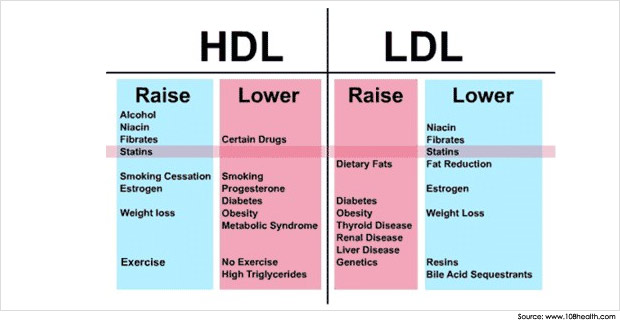High cholesterol is responsible for 70% of heart disease and is the leading killer of both men and women after the age of 45. Abnormal cholesterol levels such as high LDL cholesterol or low HDL cholesterol are a major risk factor for coronary artery disease and stroke. An unhealthy diet can cause high cholesterol. Sometimes high cholesterol runs …
Your Cardiac Risk
Ask Doctor T. Blog Ask A Question Three vessel coronary artery disease Question Three vessels disease with 100 % RCA AND CX 90%,LCA95% WHAT SHOULD DO WITH PAITENT AGE 65 yr Plz give advise Read Dr T’s Answer Stent and Failed Removal Question Prior to extensive surgery a stent was placed as a precaution to prevent clotting. My surgery in …
Cardiac Assessment – What We Do
What we do We will provide you with a range of the following services: Free; easy to find, read and understand; One-stop information on Coronary Artery Disease (CAD) and its treatment; A Risk Assessment tool that shows the benefit of various treatment options; A “watch dog site” that follows industry trends and reports on them Articles and Blogs to make …
What is Atherosclerosis – Hardening of the Arteries
Atherosclerosis is a condition in which a material called plaque builds up on the inner walls of the arteries. This can happen in any artery, including the coronary arteries. The coronary arteries carry oxygen-rich blood to your heart. When atherosclerosis affects the coronary arteries, the condition is called coronary artery disease (CAD). Development of atherosclerosis (from: Greenland P, Gidding SS, …
Treatment for Coronary Artery Disease (CAD)
Treatment for Coronary Artery Disease (CAD) Medical Treatment Medical treatment for coronary heart disease includes drugs that alleviate symptoms by slowing the heart down, so that a limited blood supply matches less demand, or relax (dilate) arteries so that more blood can pass through, lower blood pressure so that the heart has to work less, lower cholesterol etc. etc. It …
Cardiac catheterization
To view blood flow through your heart, your doctor may inject a special dye into your arteries (intravenously). This is known as an angiogram. The dye is injected into the arteries of the heart through a long, thin, flexible tube (catheter) that is threaded through an artery, usually in the leg, to the arteries in the heart. This procedure is …
Risks and benefits of Coronary Artery Bypass Grafting (CABG)
Risks and benefits of Coronary Artery Bypass Grafting (CABG) If you have heart disease and want help deciding what treatment is best for you, check this out (you will need to have information about your coronary arteries and heart condition): https://www.cardiachealth.org/app/ As a rule, these days patients are only referred by their cardiologists for CABG if a PCI has failed …
Heart Risk Factors
The following major risk factors for cardiovascular disease can be improved and should be considered in all adults: The presence of multiple risk factors increases the risk of cardiovascular disease. In the Framingham study, those with five risk factors or more had a 10 year risk of a first CAD event of 25-30%. Cumulative Risk of Cardio Vascular Diseases at …
Percutaneous Coronary Intervention
Important Information About the Risk Calculation The risk results shown in this program are estimates. The results show your current potential risks & benefits of this treatment option. However, this result is not an actual prediction. It will only give you a general idea of your future risk with this option. Your actual risks may or may not be the …
Free Cardiac Treatment Evaluation – About Cardiac Assessment
Why this website? Cardiac Assessment was created to enable you to take charge and make informed decisions about your own heart care. These are the facts: Coronary Artery Disease (CAD) caused 425,425 deaths in 2006 and is the single leading cause of death in America today. Despite ample supply of information about CAD on the Internet, it is frequently difficult …




